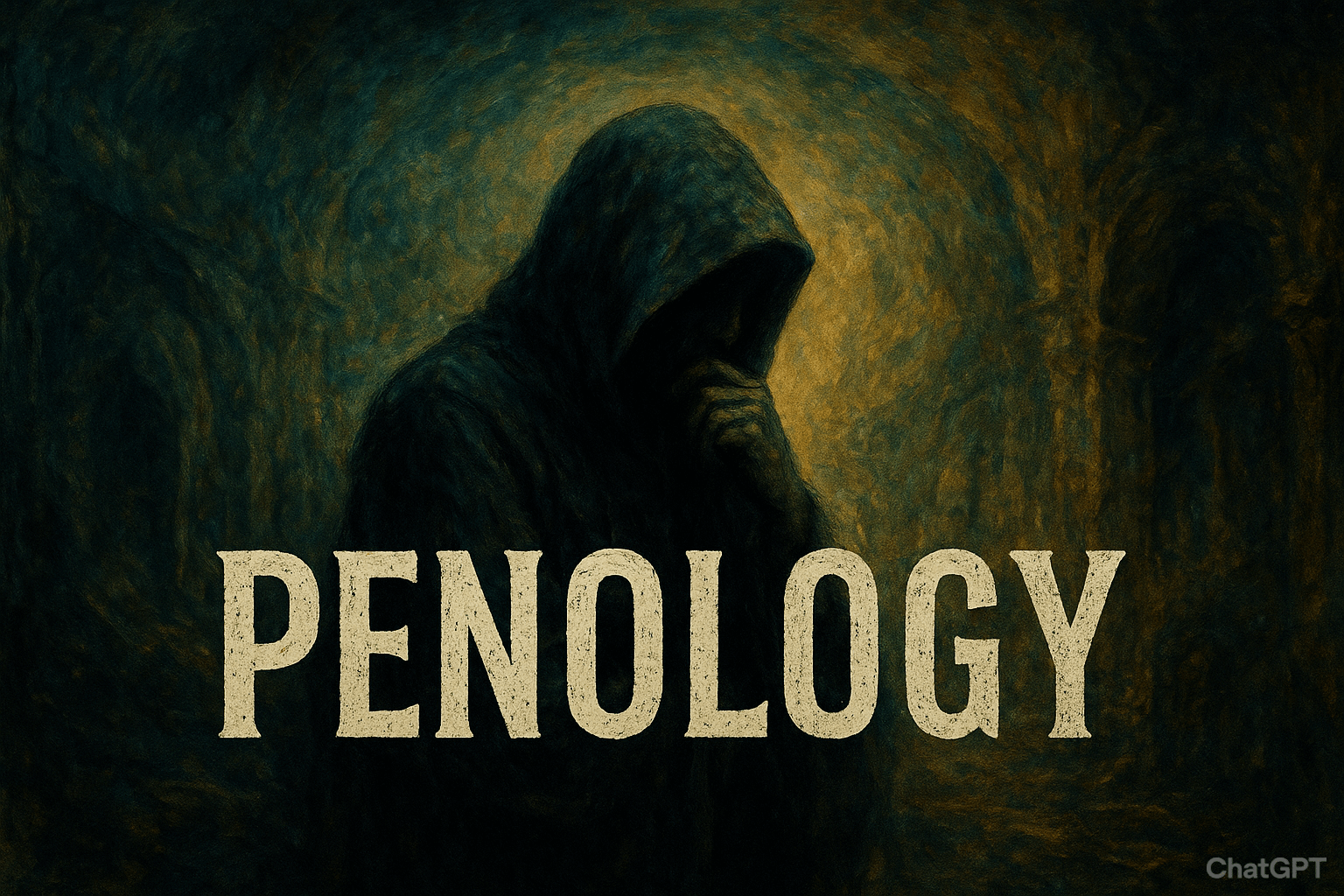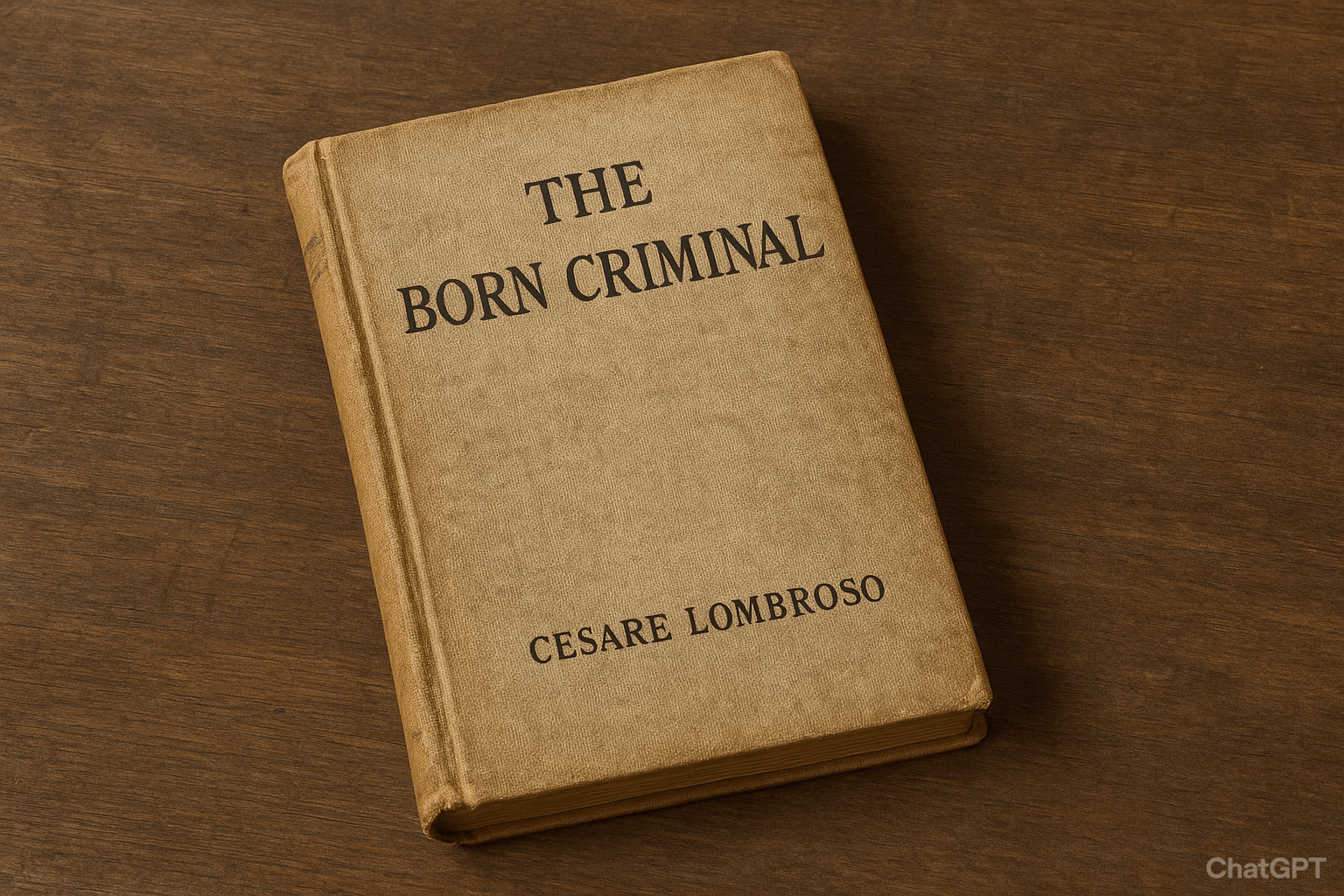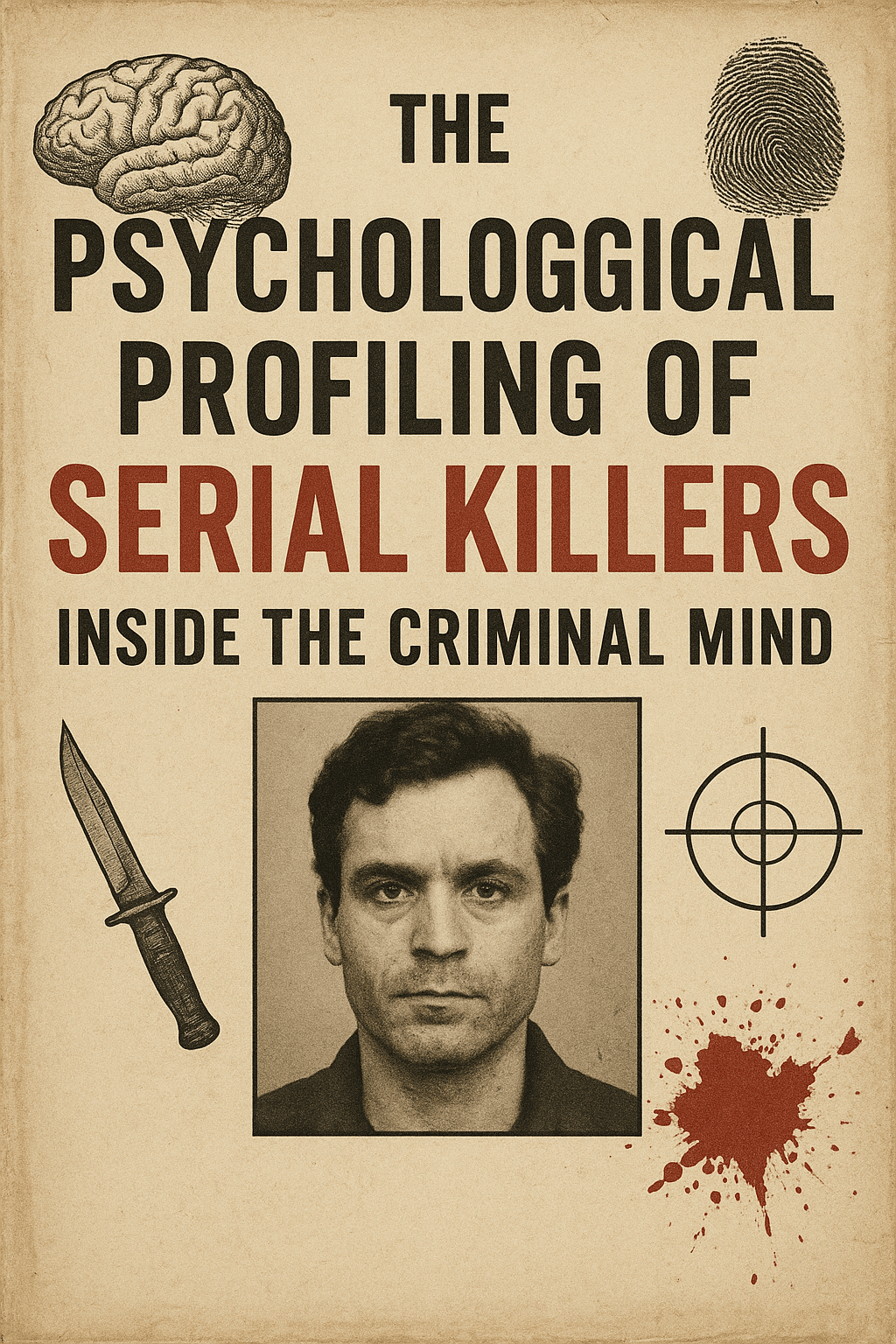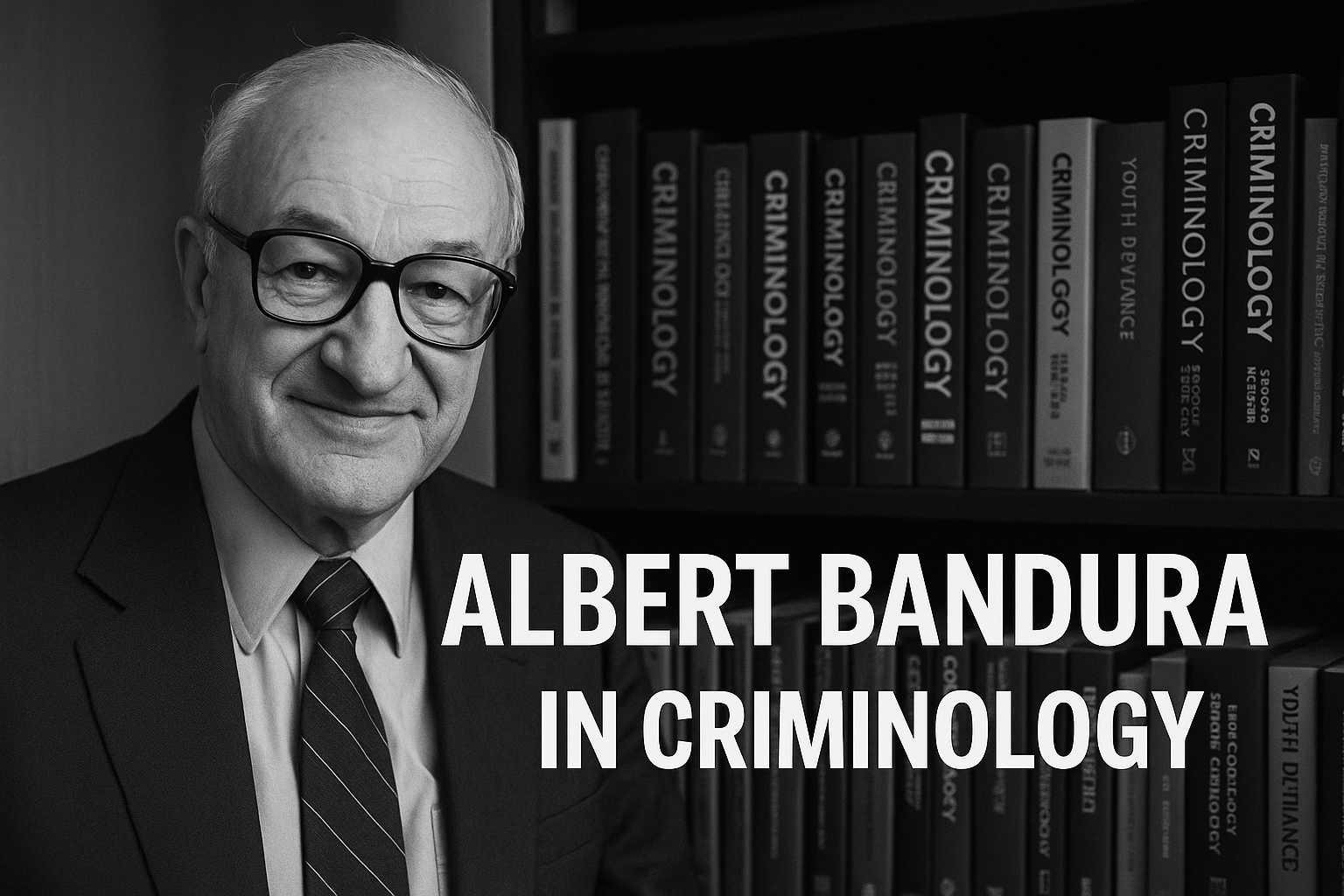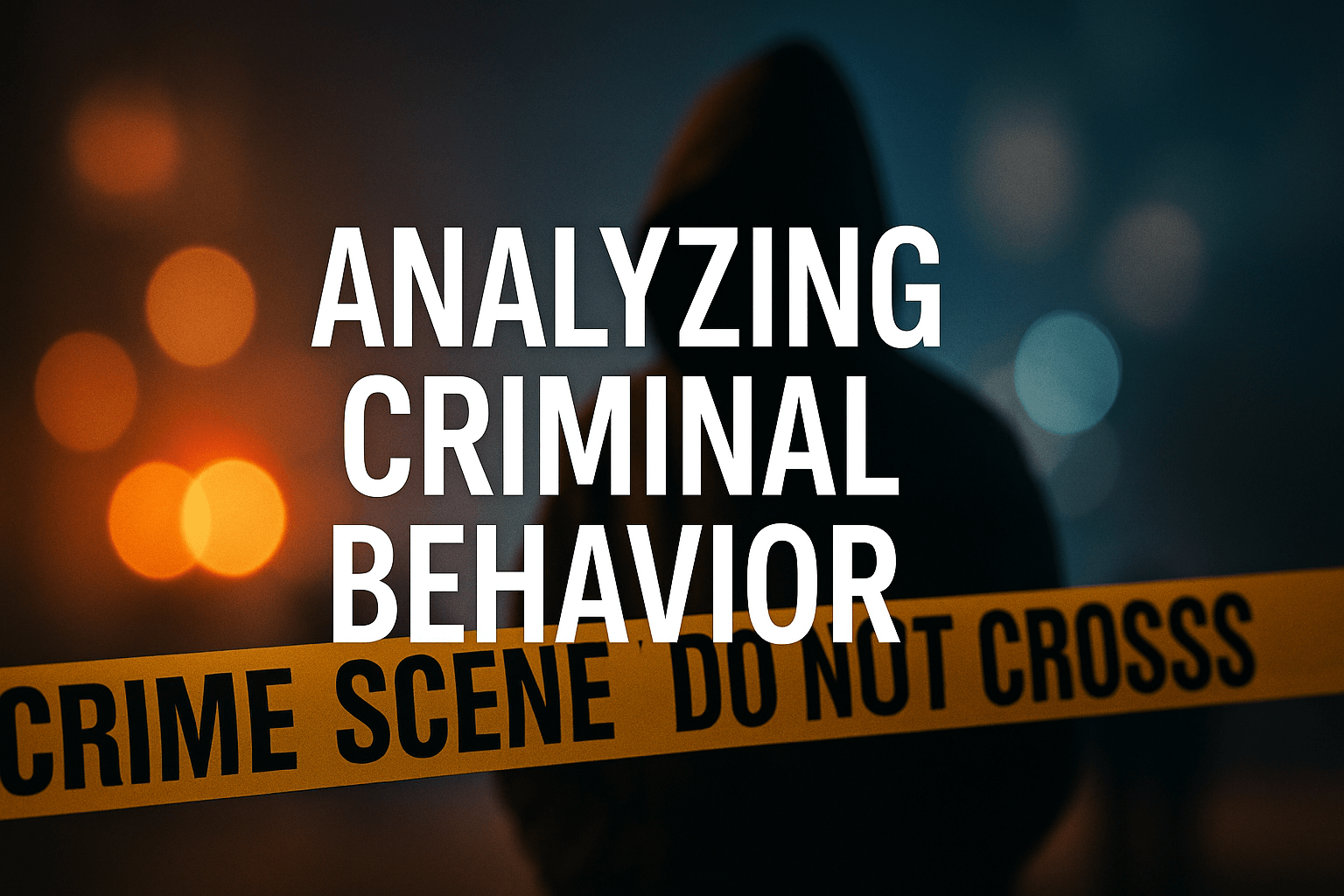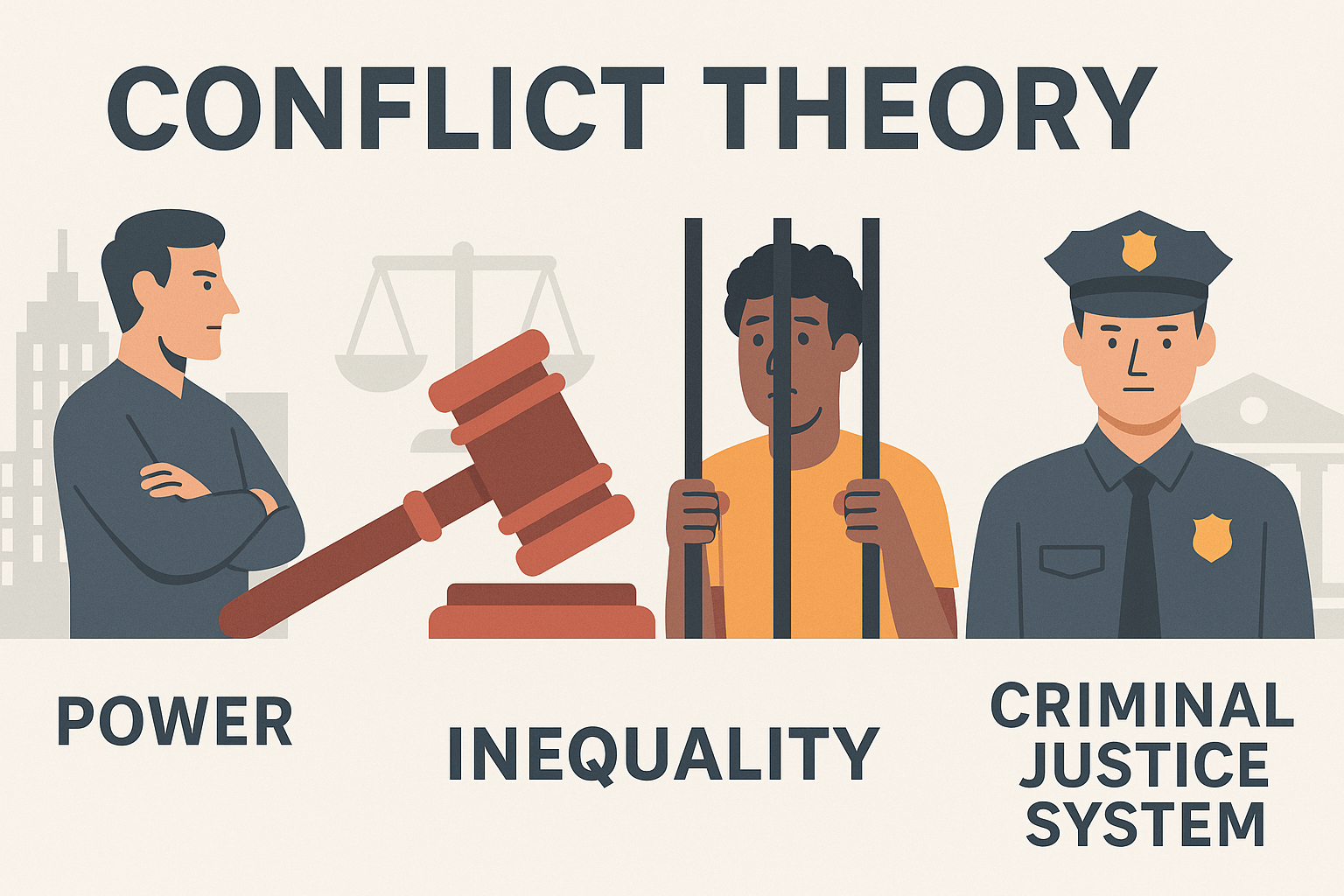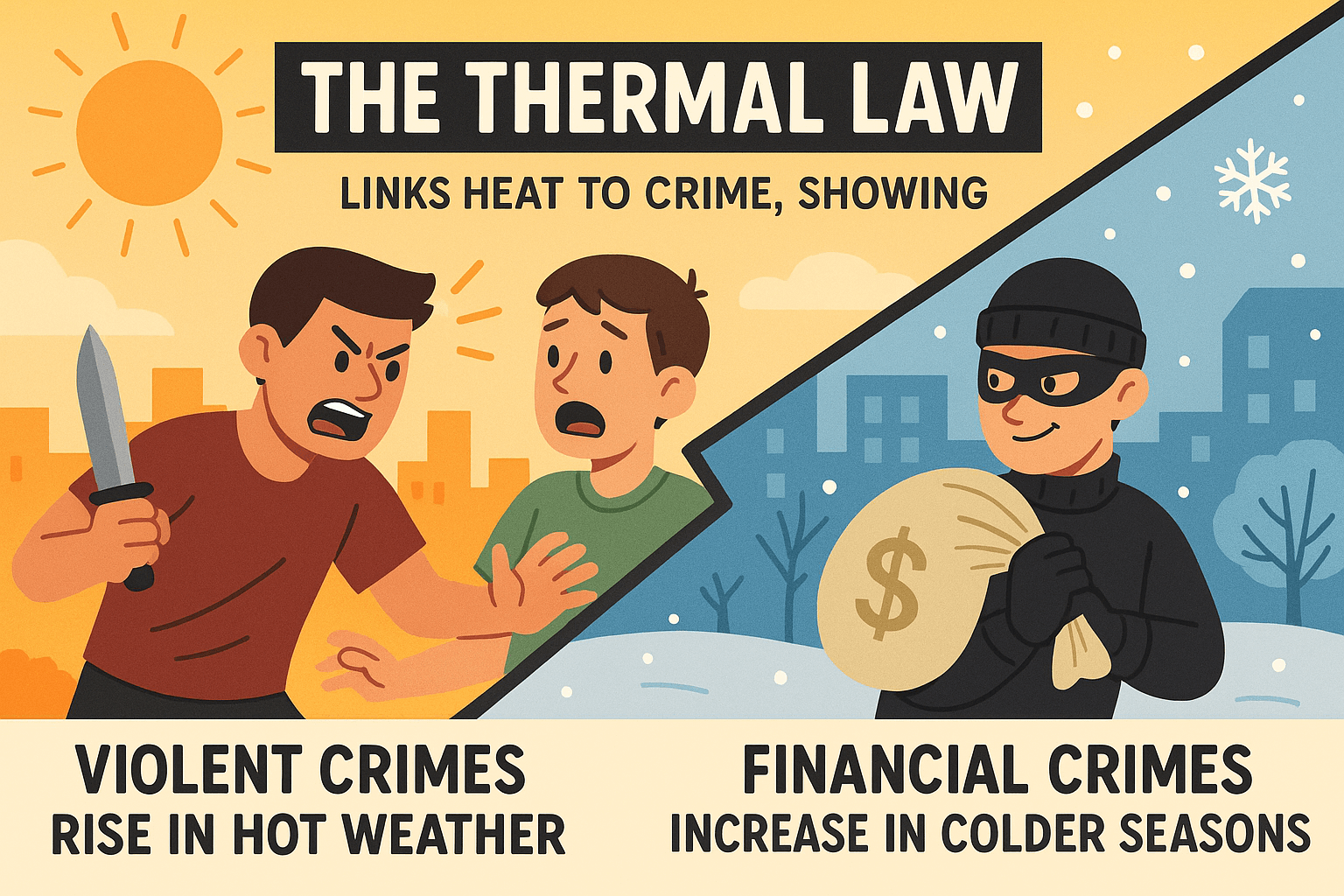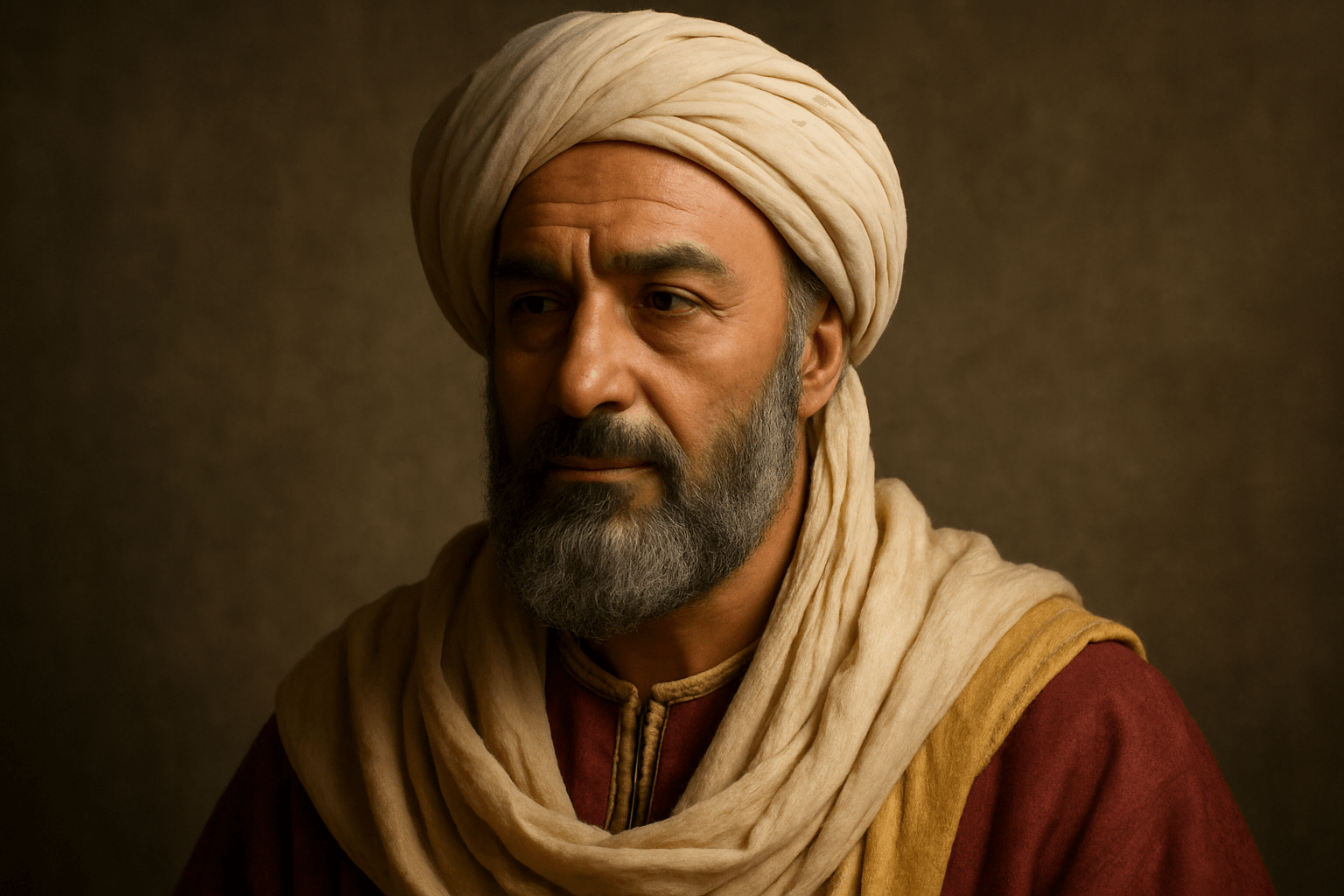Penology: Definition, Theories, and Modern Applications in Criminal Justice
Introduction Penology is a specialized branch of criminology and criminal justice that examines the philosophy, methods, and effectiveness of punishment. It focuses on how societies penalize offenders and how they can be corrected, reformed, and reintegrated into society. The concept of penology bridges law and social science, highlighting the deep relationship between crime, justice, and … Read more

